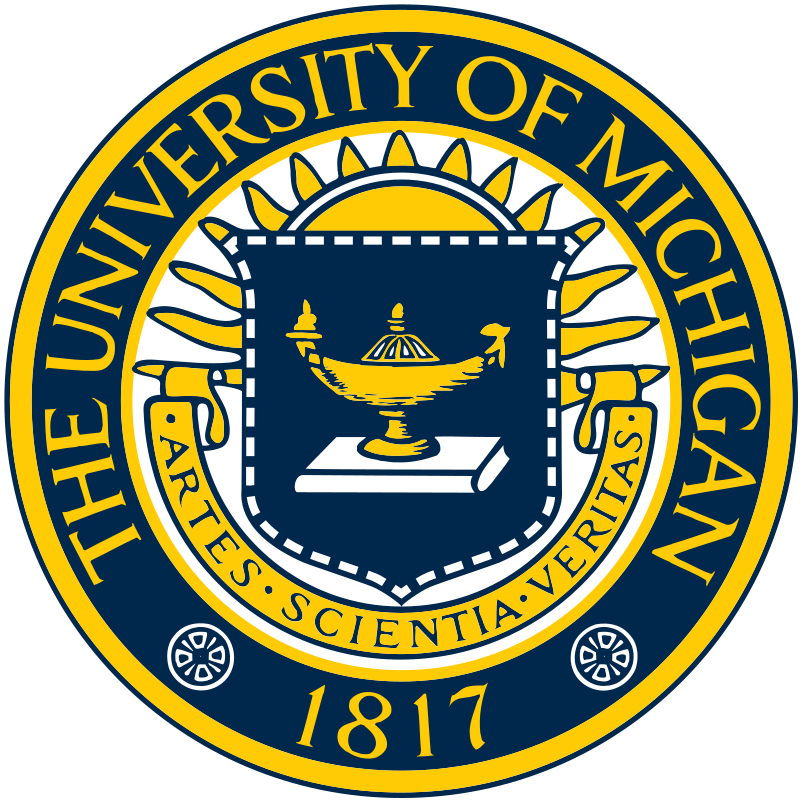Table of Contents
- General Information
- Vaccine Related Pathogen Genes
- Vaccine Information
- BoNT/A(Hc)
- BoNT/B(Hc)
- BoNT/C
- BoNT/F(Hc)
- C. botulinum DNA vaccine pSCARSA/BHc
- C. botulinum FHc protein vaccine
- HC of type C and D
- Mink Distemper-Enteritis Modified Live & Killed Virus Vaccine-Clostridium Botulinum Type C Bacterin-Toxoid (USDA: 4929.31)
- Mink Distemper-Enteritis Modified Live & Killed Virus Vaccine-Clostridium Botulinum Type C-Pseudomonas Aeruginosa Bacterin-Toxoid (USDA: 4949.20)
- Mink Distemper-Enteritis Modified Live & Killed Virus Vaccine-Clostridium Botulinum Type C-Pseudomonas Aeruginosa Bacterin-Toxoid (USDA: 4949.31)
- Mink Distemper-Enteritis Modified Live Virus & Killed Virus Vaccine-Clostridium Botulinum Type C Bacterin-Toxoid (USDA: 4929.20)
- Mink Enteritis Killed Virus Vaccine-Clostridium Botulinum Type C Bacterin-Toxoid (USDA: 4955.20)
- Mink Enteritis Killed Virus Vaccine-Clostridium Botulinum Type C Bacterin-Toxoid (USDA: 4955.21)
- Mink Enteritis Killed Virus Vaccine-Clostridium Botulinum Type C-Pseudomonas Aeruginosa Bacterin-Toxoid (USDA: 49A5.20)
- Mink Enteritis Killed Virus Vaccine-Clostridium Botulinum Type C-Pseudomonas Aeruginosa Bacterin-Toxoid (USDA: 49A5.21)
- pABFHc2
- PBT
- VRP
- References
| I. General Information | ||||||||||||
|

Loading Pathogen Genes...

Loading Host Genes...

Loading Vaccines...
Loading References...


